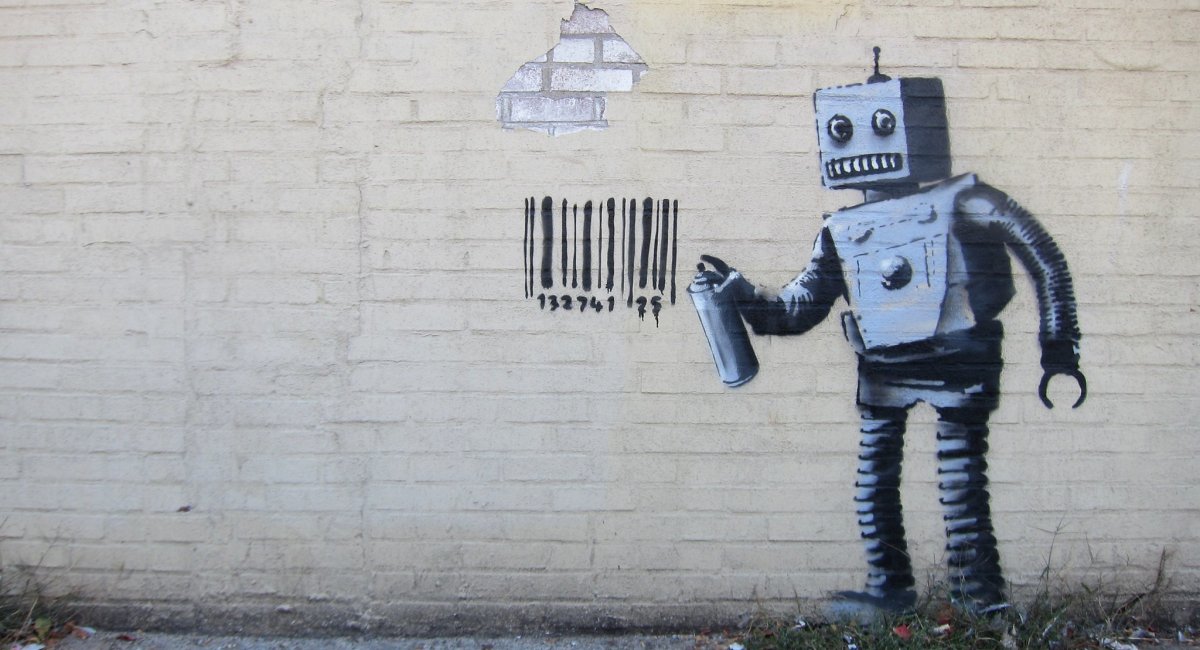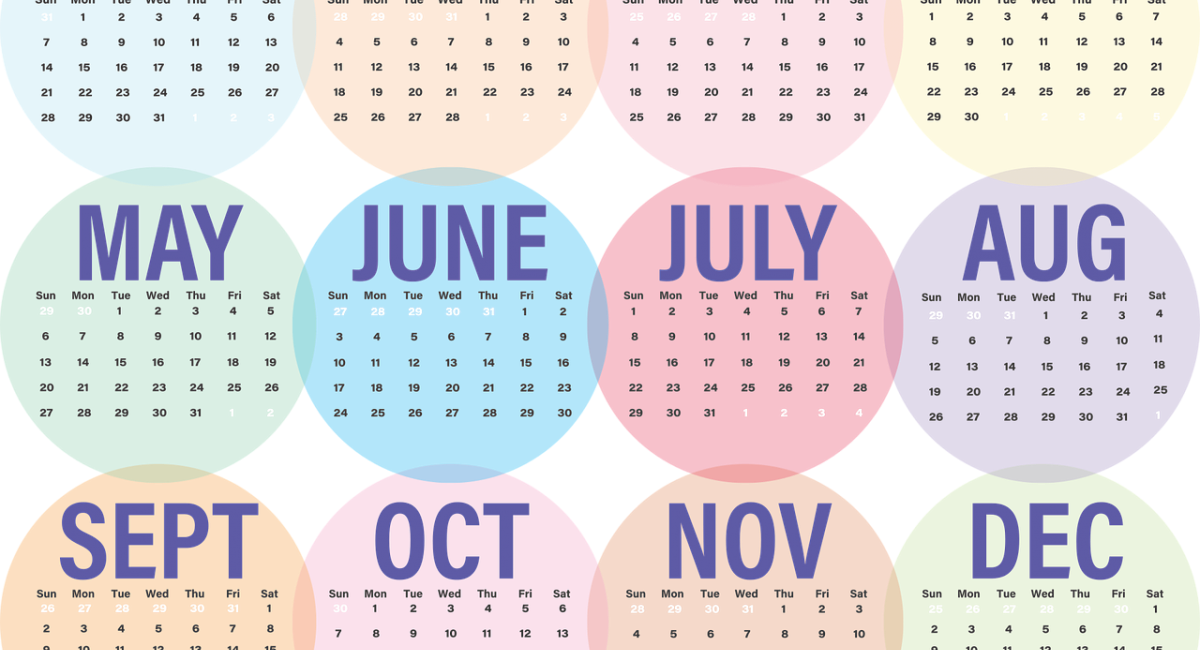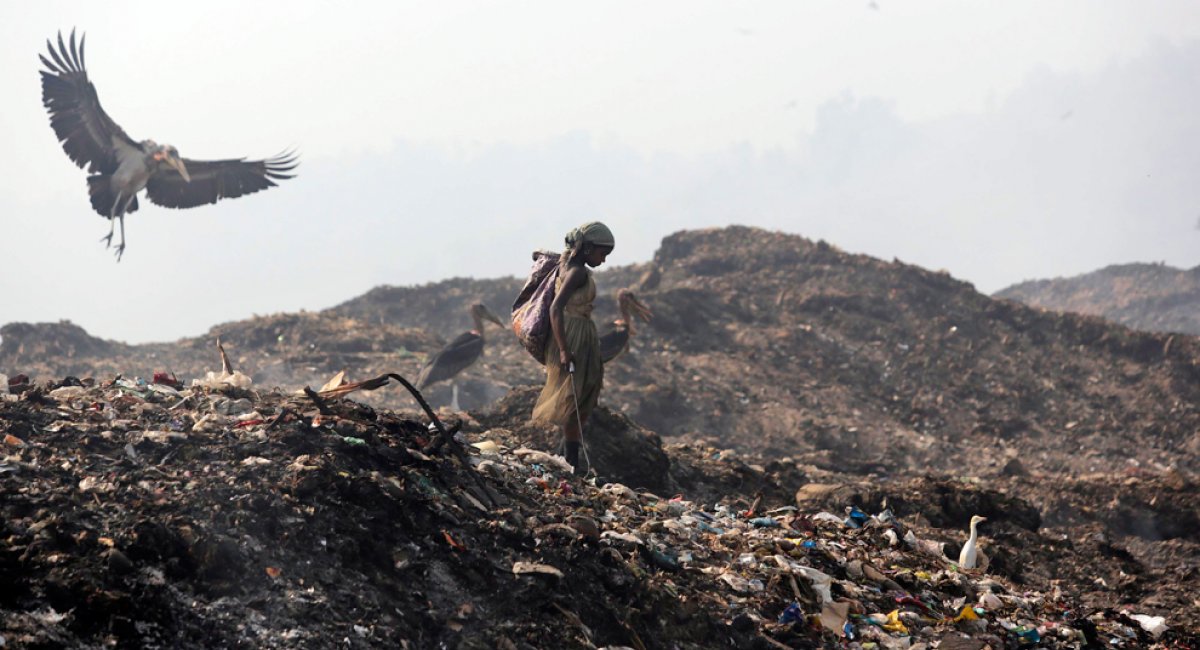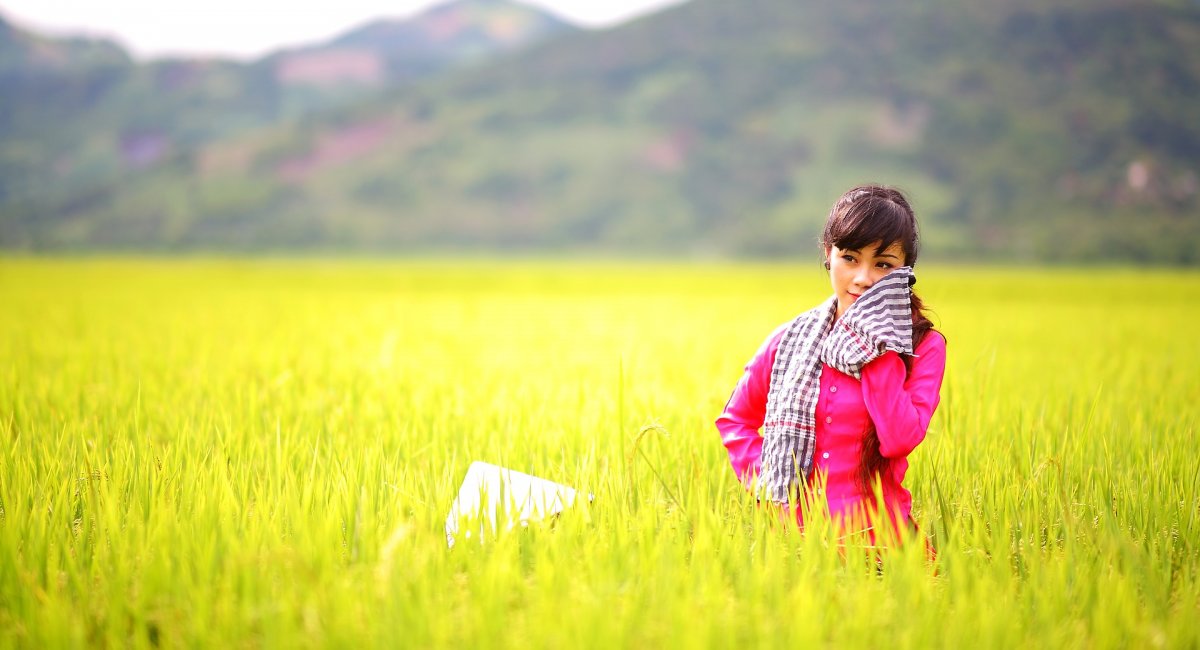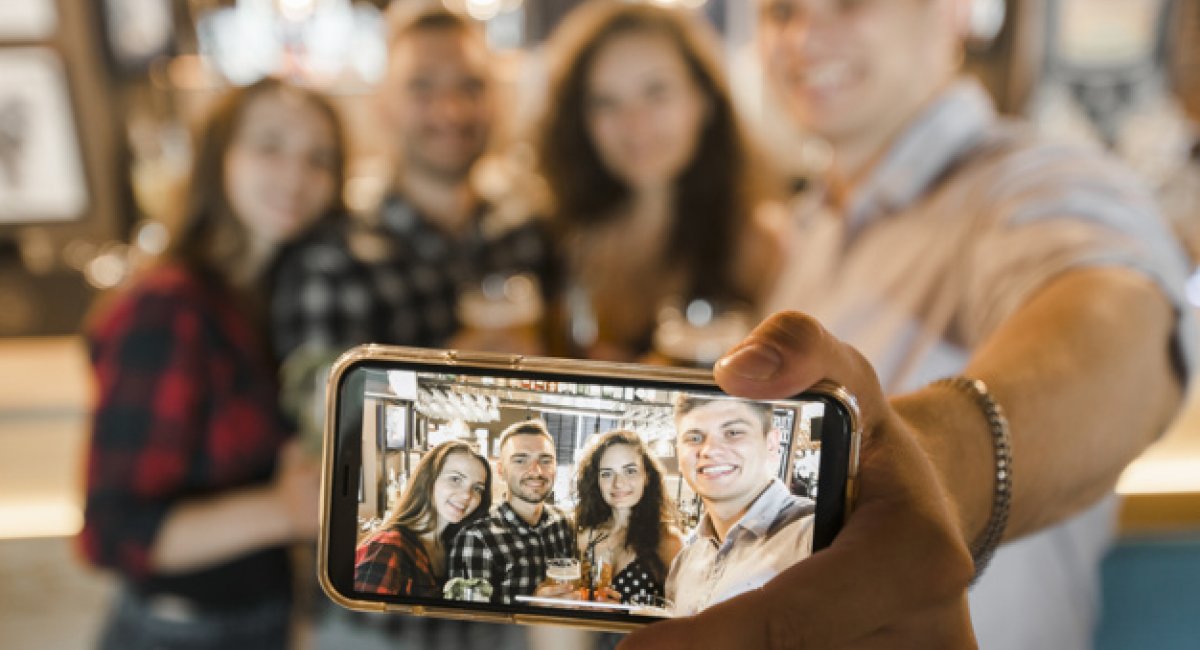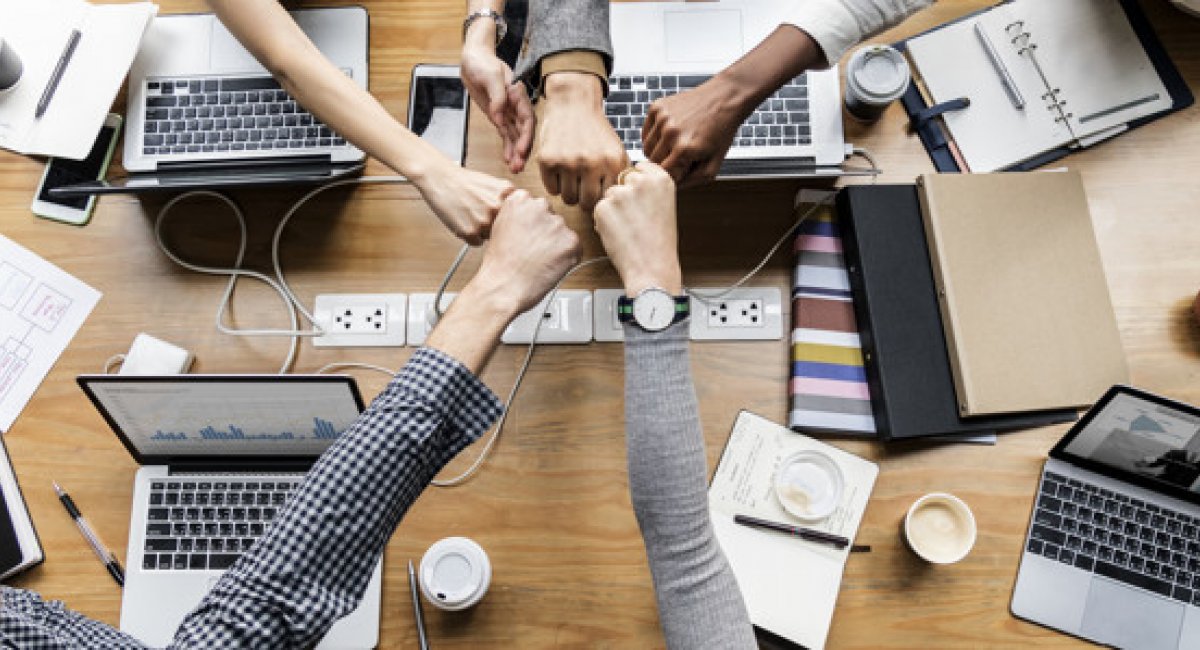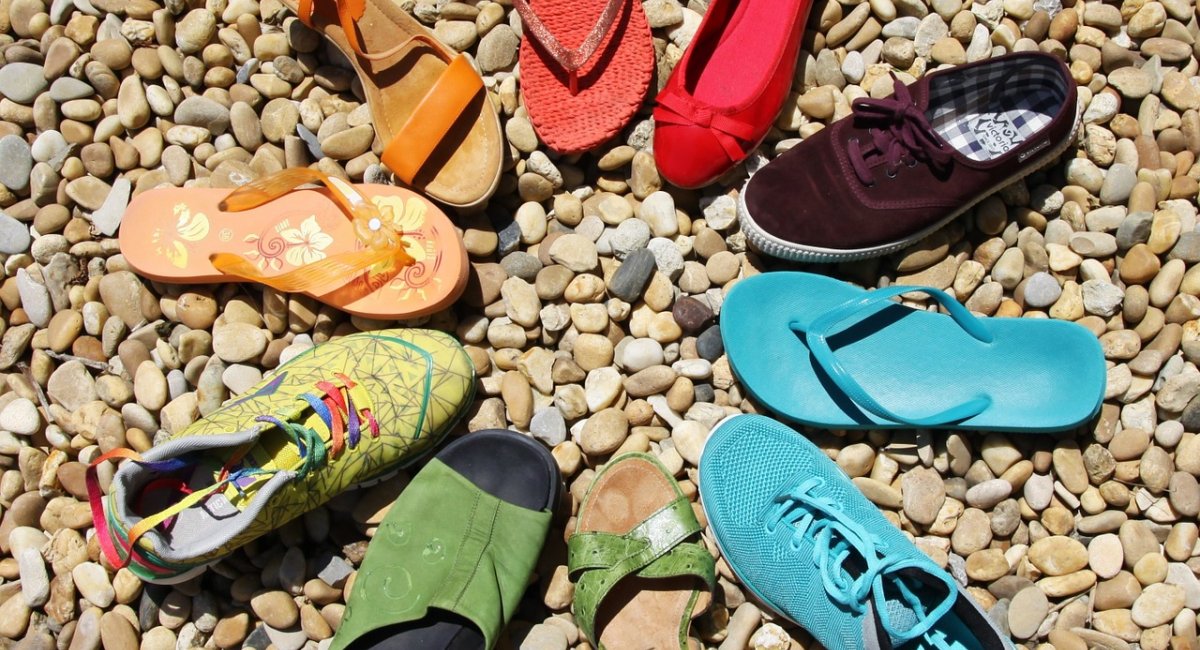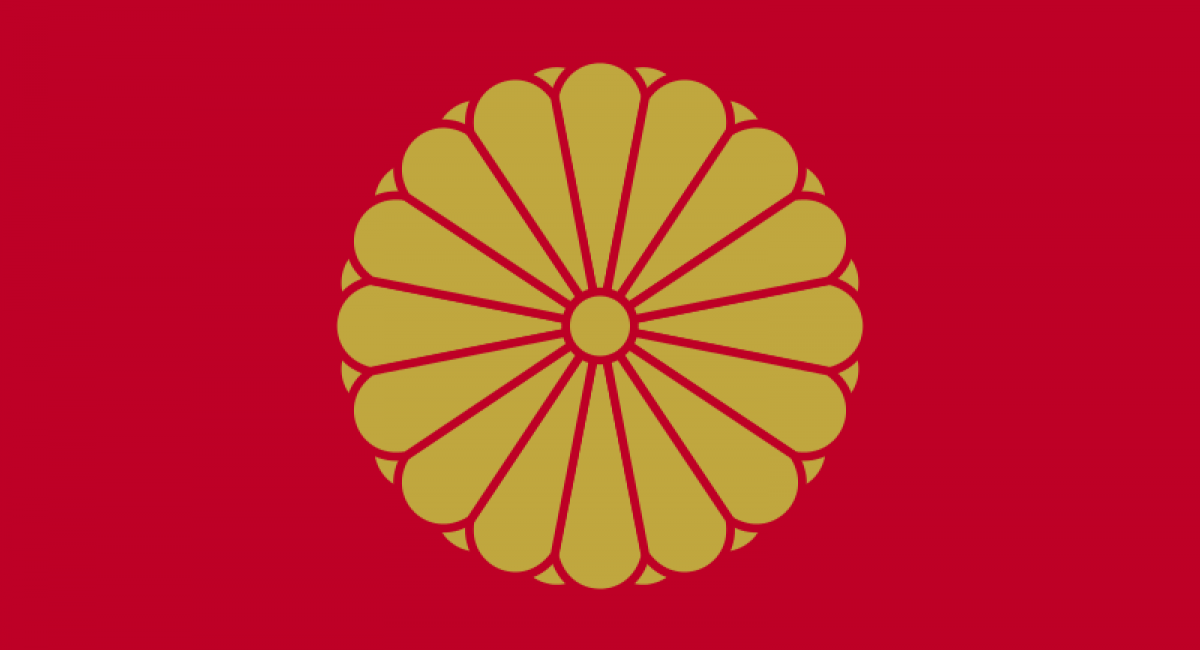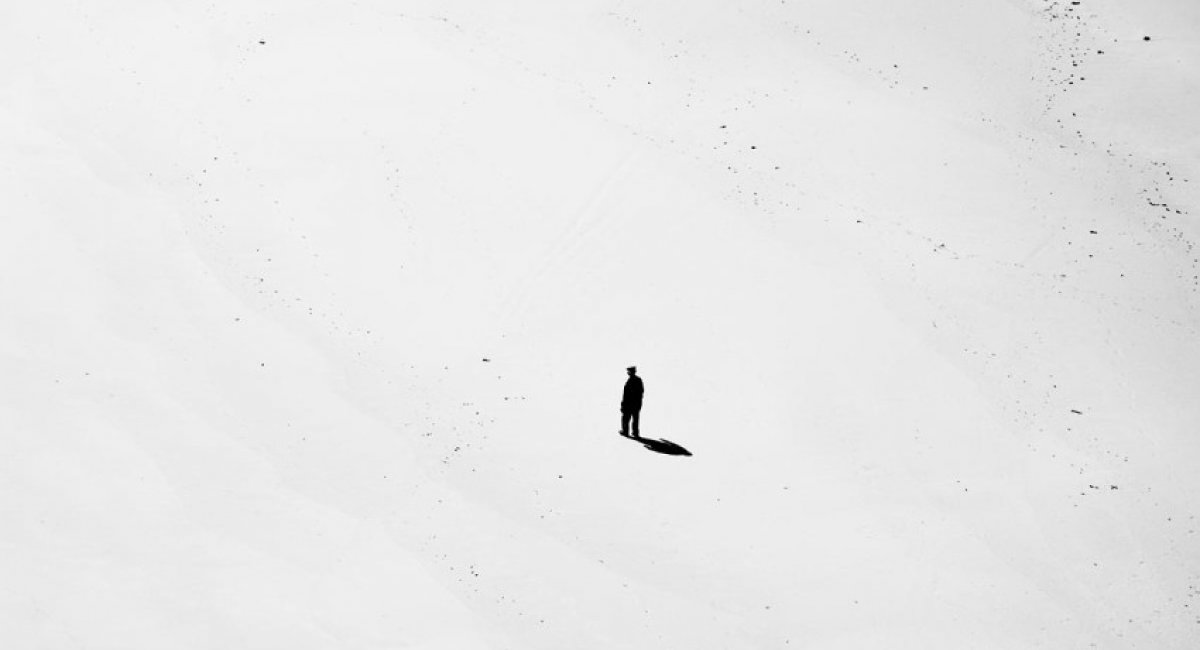The sharing economy in Japan
By Di, July 09 2019AirBnB suffered a major blow when Japan’s main tourism body sharply restricted home-sharing, forcing AirBnB to eliminate four-fifths of its 60,000 listings in Japan. The experience illustrates the country’s hesitant approach to the sharing economy, in which people rent goods and services from one another, usually through internet platforms. The sharing economy’s value in Japan is at most ¥1.2trn yen ($11bn), compared with $229bn for China.
Regulation, which tends to favour big companies and industries, is a key obstacle to faster and more mainstream growth. Another hurdle is the attitude of the Japanese public. Many people are simply ignorant of the existence of sharing apps. Others reckon they may be illegal.
Still a further barrier is social custom. The Japanese also fret that sharing platforms will not provide the high level of service they are accustomed to. Because of this, the Sharing Economy Association has developed a “trust mark” to give consumers more confidence.




